When you're planning a road trip, food and drinks are a necessity. For trips on major highways, it's easy to make a pit stop at a convenience store to buy sodas and snacks, or hit a grocery store or restaurant for larger meals. However, when you're venturing off the beaten path — especially for multi-day off-road expeditions — you'll need to bring all your food and beverages with you. While it's true that you could rely entirely on shelf-stable MREs and freeze-dried camping meals, these items are often costly, unappetizing, and/or unhealthy due to high levels of sodium and preservatives. The ability to bring real food — fresh meat, eggs, cheese, fruits and veggies, and so on — makes every trip more enjoyable, whether it's a half-day solo outing or a cross-country family expedition. Fresh food isn't just tastier, it's healthier and more cost-effective than vacuum-packed “camping food.” This realization led me to upgrade my 2022 4Runner overland vehicle build with a Dometic CFX3 fridge, which runs on AC power from a wall outlet or 12V DC power from a vehicle or mobile battery pack.
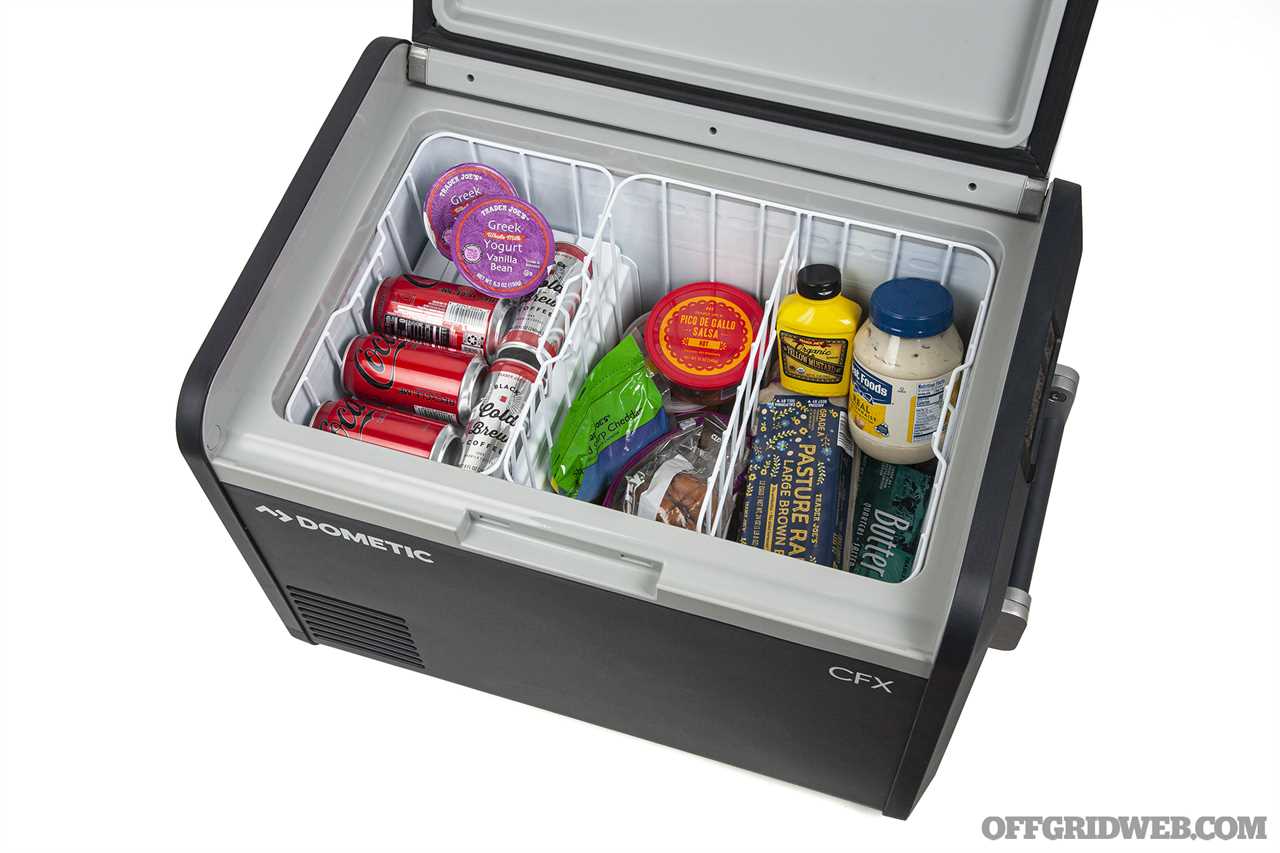
First, let's take a look at the pros and cons of mobile 12-volt refrigeration.
Why Use a Fridge Instead of a Cooler?
Virtually everyone already owns a regular cooler or ice chest, whether it's an old Coleman or a fancy new Yeti. These insulated containers can keep things cold for a few days with the addition of a couple bags of ice. That said, there are numerous reasons most American homes switched from insulated iceboxes to electric refrigerators nearly 80 years ago. Many of these reasons also apply to storing food at campsites and in vehicles. Here are some of the problems associated with ice-filled coolers:
- Ice melts quickly. In warm climates, or if your cooler isn't very well-insulated or sealed, your ice may melt in 48 hours or less. Then you'll need to go buy more, which leads to our next point…
- Ice must be re-supplied frequently. Buying ice is not expensive, but the cost does add up, and it's certainly a hassle. More importantly, there are many places where you simply won't be able to resupply — multi-day camping or hunting trips in remote locations, for example.
- Food safety is a serious concern. Ice keeps your cooler extremely cold (maybe even too cold) at first, but the temperature gradually rises over time as the ice melts. In the beginning, you may freeze food inadvertently; at the end, perishable items such as meat and dairy may creep up into the >40°F “danger zone” where bacteria thrives. Nothing ruins a day faster than puking your guts out due to spoiled food.
- Ice makes a mess. Once it's melted, you're left with a cooler full of tepid water that leaves remaining contents soggy. And if your cooler's drain doesn't seal perfectly, that water may leak and soak all your other gear.
- Coolers can be surprisingly expensive. High-end, American-made coolers can easily set you back $400 to $600, especially if you want features like wheels and latches. You can always buy the bargain brand for a fraction of the cost, but it might not be as durable or as well-insulated.
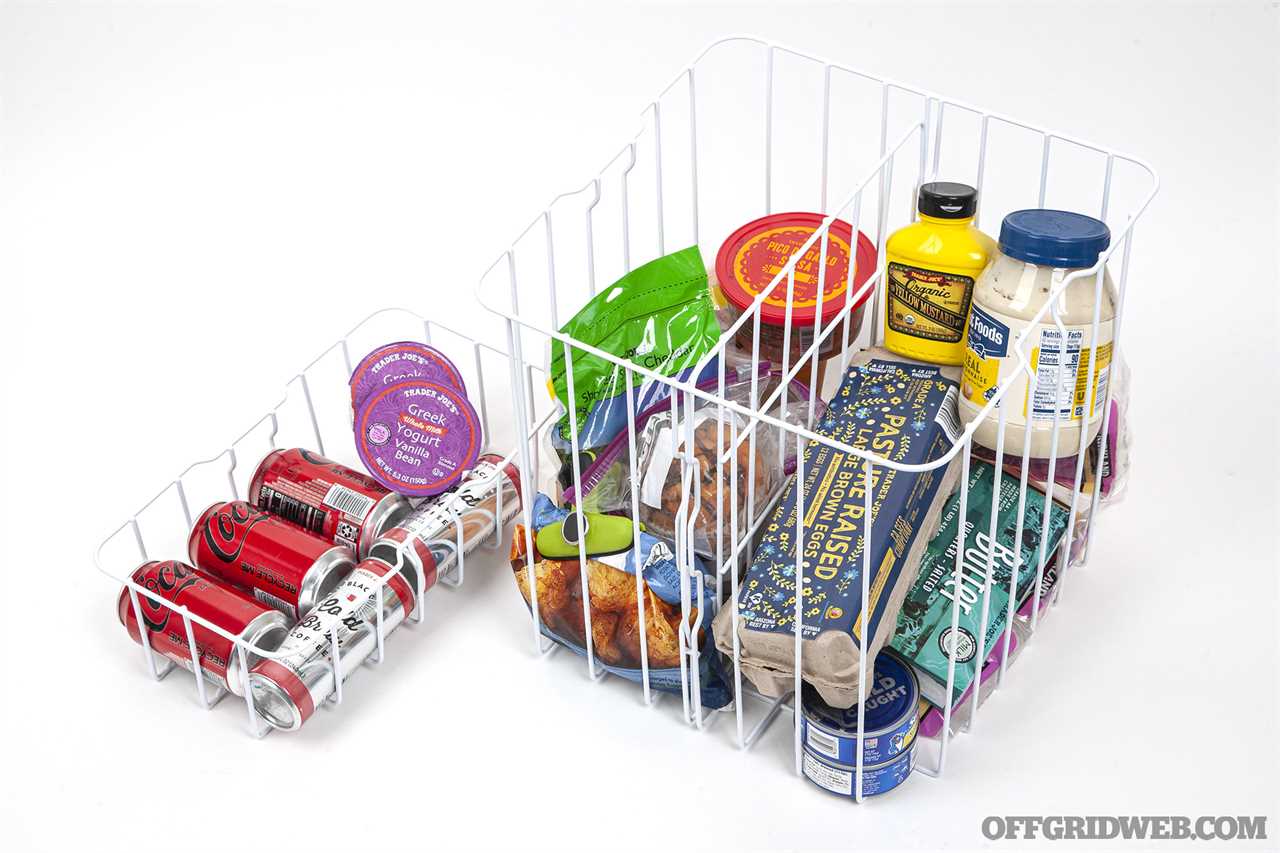
Above: All this food fit into our CFX3 55IM fridge, with room to spare and no concerns about melting ice. The removable baskets make loading and cleaning easy.
If you're a serious camper, hunter, or overland enthusiast, 12-volt refrigerators alleviate many of the problems above, but they're not without drawbacks. Here are some of the downsides to buying a mobile fridge:
- High up-front cost. Fridges aren't cheap, especially if you're seeking one large enough to feed a whole family for several days. Dometic's current offerings range from $500 to $1,400. However, we'd argue the long-term benefits outweigh the cost.
- They're only as good as your power source. In many cases, this is as simple as plugging your fridge into the 12-volt outlet in your vehicle, but those outlets typically only provide power when the engine is running. If you're parking longer than a few hours, you should have a battery, power bank, or solar panel that can keep the fridge running and the food cold until you start driving again. (I'll explain how I rectified this later.)
Dometic CFX3 55IM 12-Volt Fridge
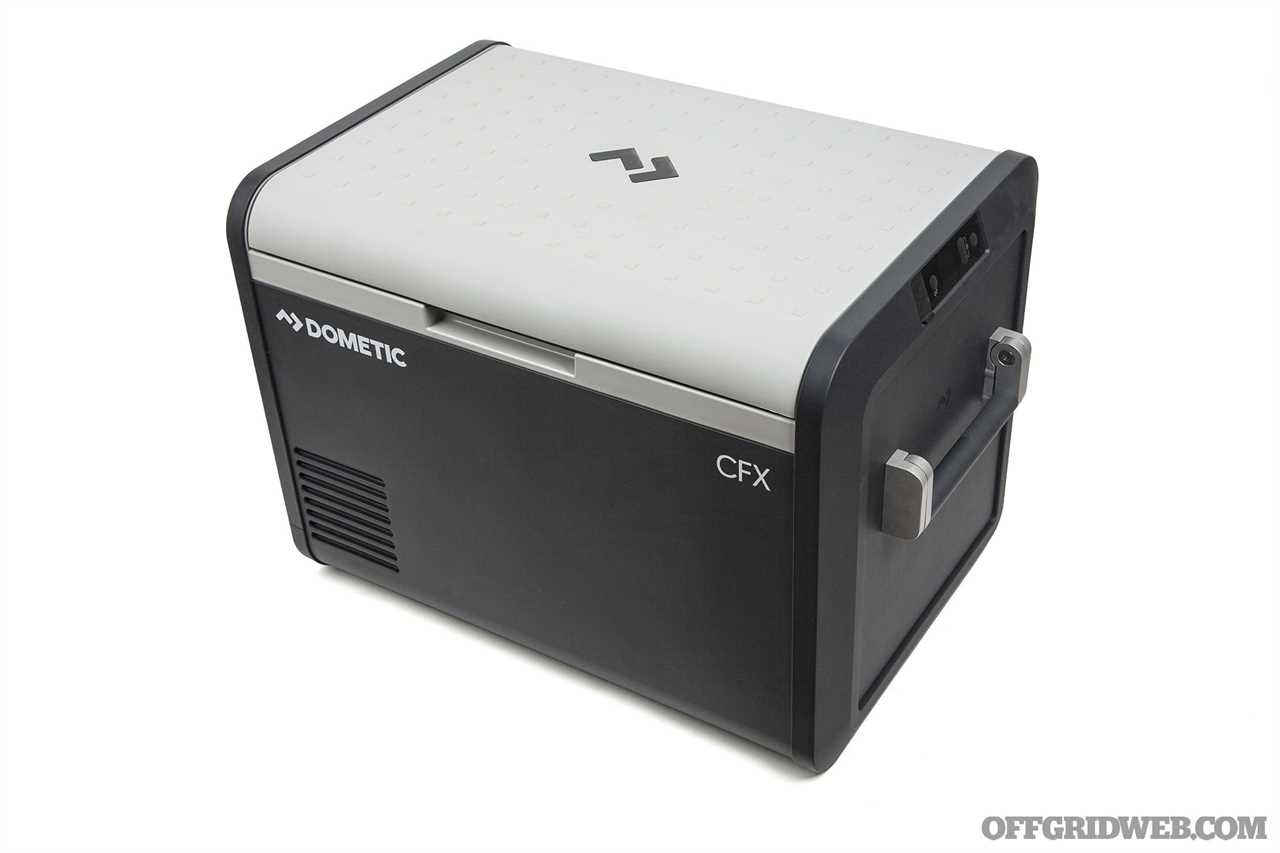
Once I decided to pick up a 12-volt fridge for my 4Runner project, I quickly settled on Dometic, a company that has been a leader in mobile refrigerators since 1968. Dometic fridges are popular in the RV and “van life” markets among folks who live on the road for months at a time, so I figured they'd offer a dependable solution for the shorter camping and overland trips I have planned. Specifically, I chose the Dometic CFX3 55IM model, which offers a 53-liter storage capacity and built-in ice maker. That capacity is equivalent to 83 soda cans, and should have no trouble holding enough food for a small family for a week. MSRP for this model is $1,080.
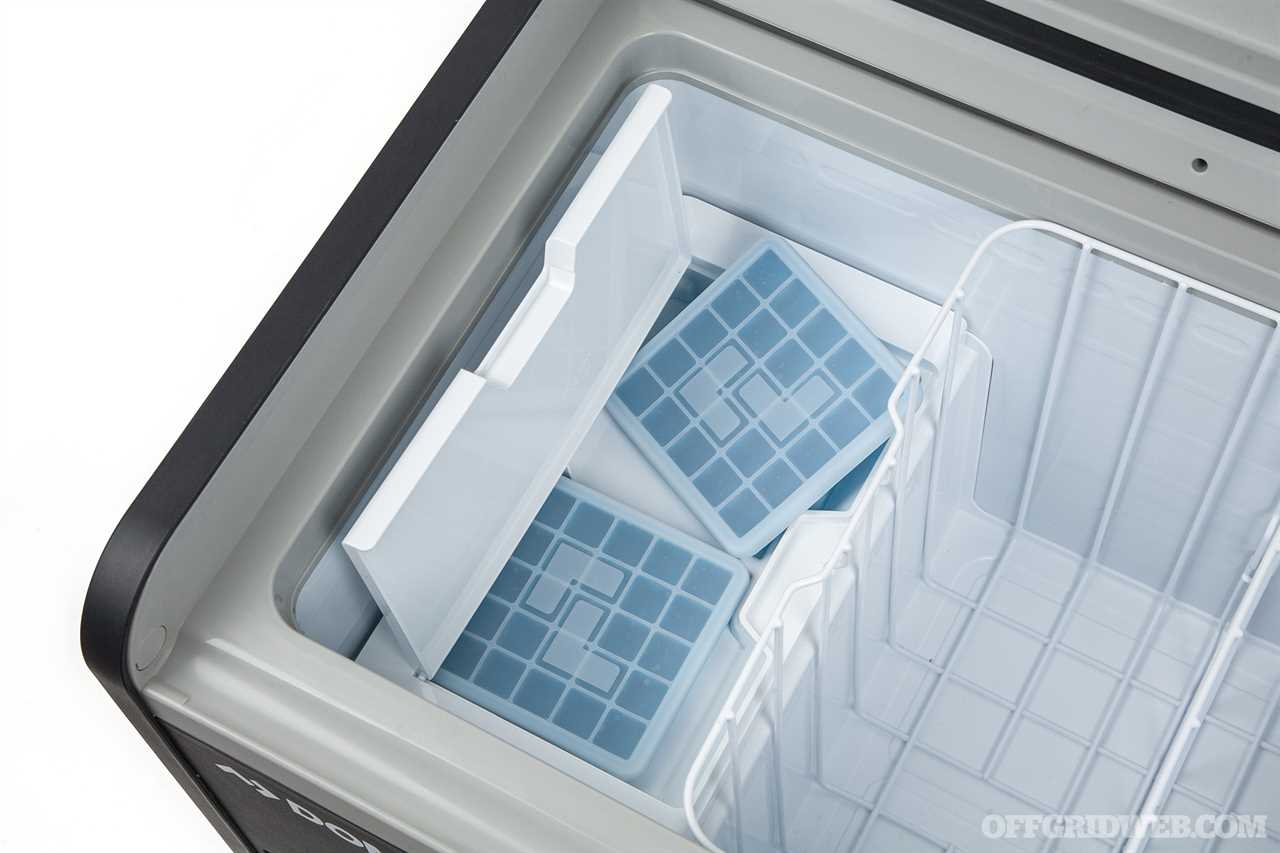
Above: The ice tray contains two removable ice cube molds.
This fridge is a single-zone model, so aside from the small ice tray, it keeps all its contents at one temperature. It can be set as low as -7°F to keep food frozen solid, at a more typical 36°F for refrigeration, or as high as 50°F to conserve energy and keep non-perishable contents cool.
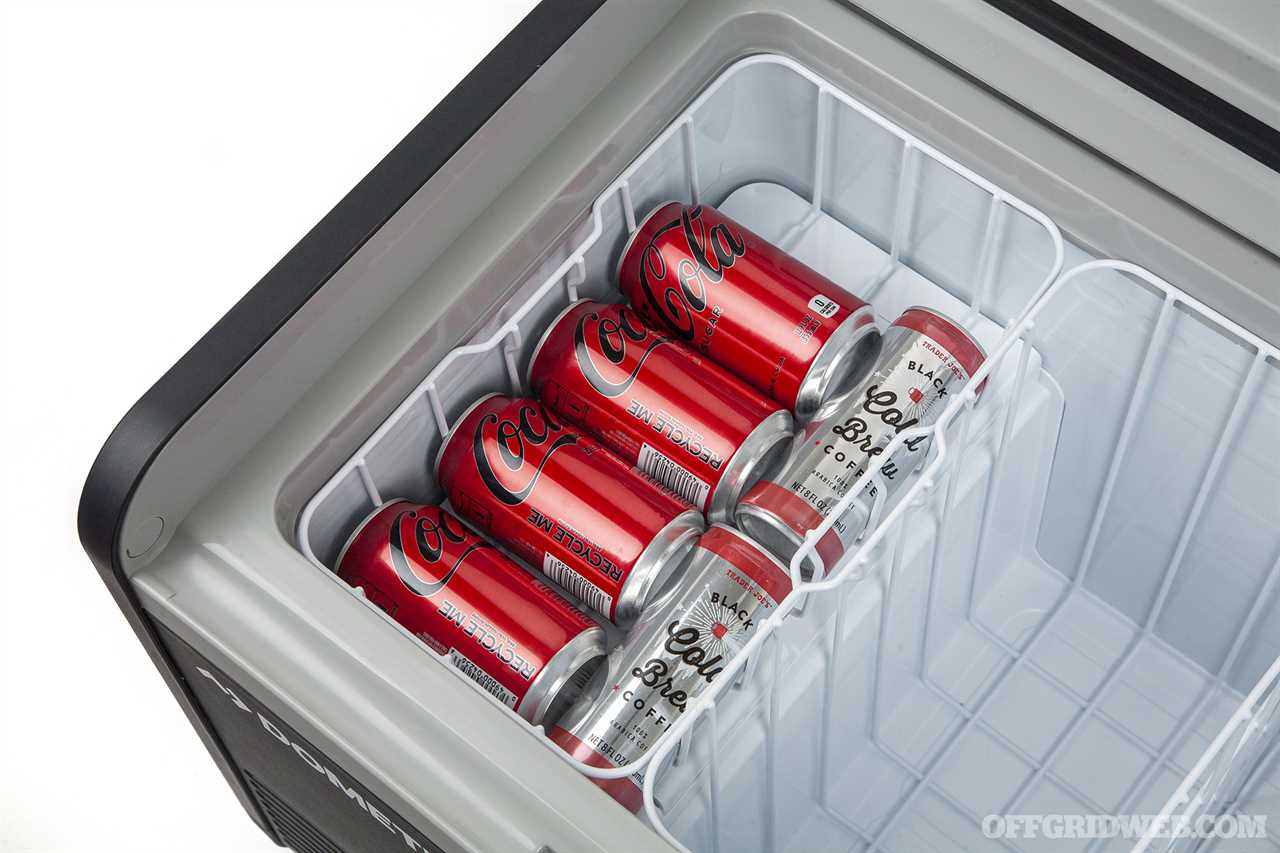
Above: The area above the ice tray is ideal for storing smaller items like canned drinks.
Dometic's VMSO3 compressor uses standard R134a refrigerant, and can run on either AC power from a wall outlet or 12/24-volt DC power (rated at 8.9 amps) from a cigarette-lighter-style automotive outlet. A pair of 6.6-foot cables are included for each power source. Thanks to a vibration- and noise-reducing housing, the compressor is also surprisingly quiet; it's rated at 48 dB(A), and I had no trouble sleeping in the 4Runner right next to it.
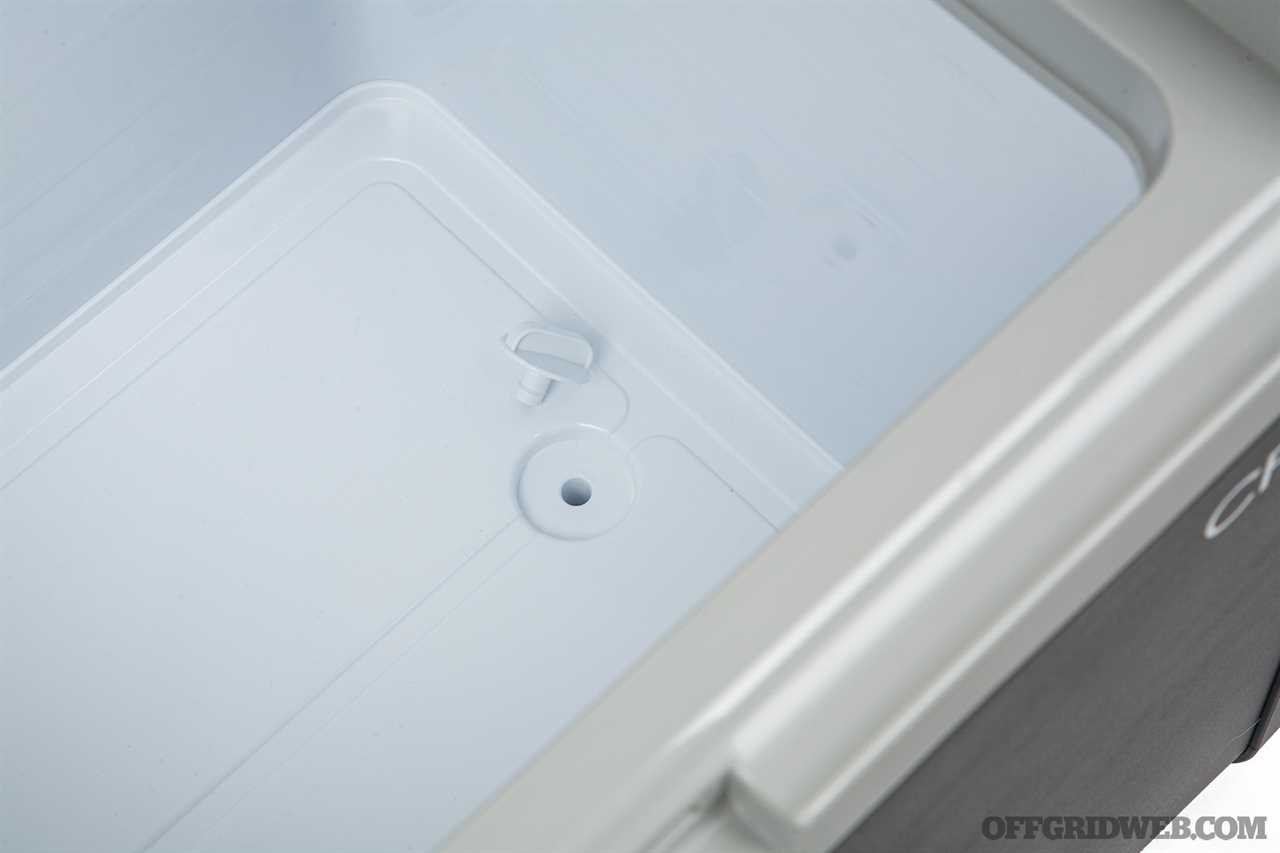
Above: A drain plug at the bottom of the Dometic CFX3 allows users to wash out the fridge easily.
Unlike residential fridges that get a constant supply of “clean” electricity from the power grid, mobile fridges are designed to run on vehicle alternators, batteries, and solar-powered systems that have much greater voltage fluctuations. The Dometic CFX3 has smart voltage regulation to deal with inconsistent or “dirty” power sources. Its three-stage dynamic battery protection system ensures the fridge will turn off before it fully depletes your truck's battery — in a worst-case scenario, your food will get warm, but at least you won't also be stranded. (For deep-draw dual-battery systems, you can limit or disable this safeguard.)
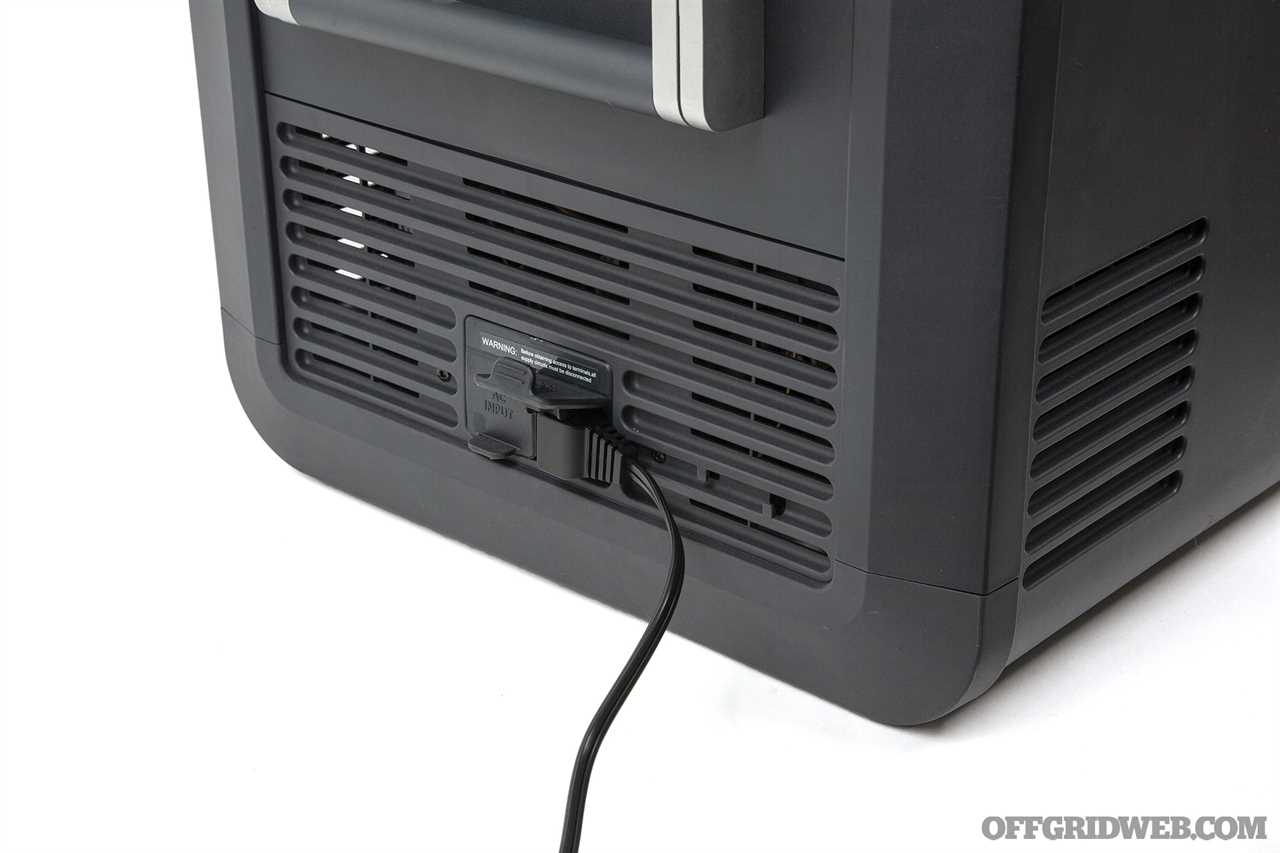
Ice Maker
The “IM” in this fridge's name indicates that it features an ice maker with two removable silicone ice cube trays. When the ice maker is turned on via a menu setting, it'll produce 50 small cubes of ice in a few hours. It's just right for a nice cocktail at the end of a long day on the trail.
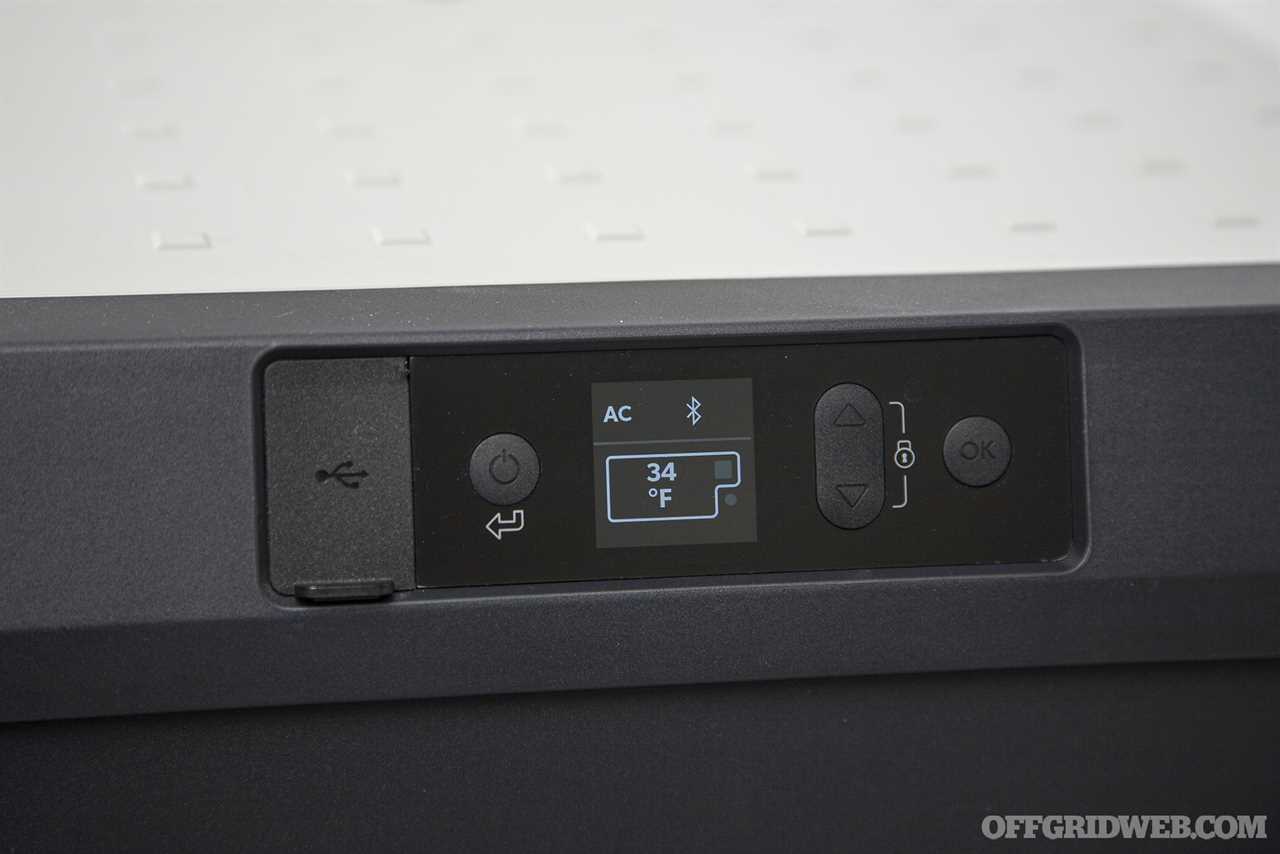
Controls & Monitoring
Through the CFX3 mobile app for iOS or Android, users can connect to the fridge over Bluetooth (short range) or over a WiFi network (for remote access). This offers the ability to power the fridge on or off, see current DC voltage, and check temperature history in the last hour, day, or over the course of a week. On this same graph, energy consumption data (in amp hours per hour) is tracked to help you forecast how long the fridge will run under current conditions.
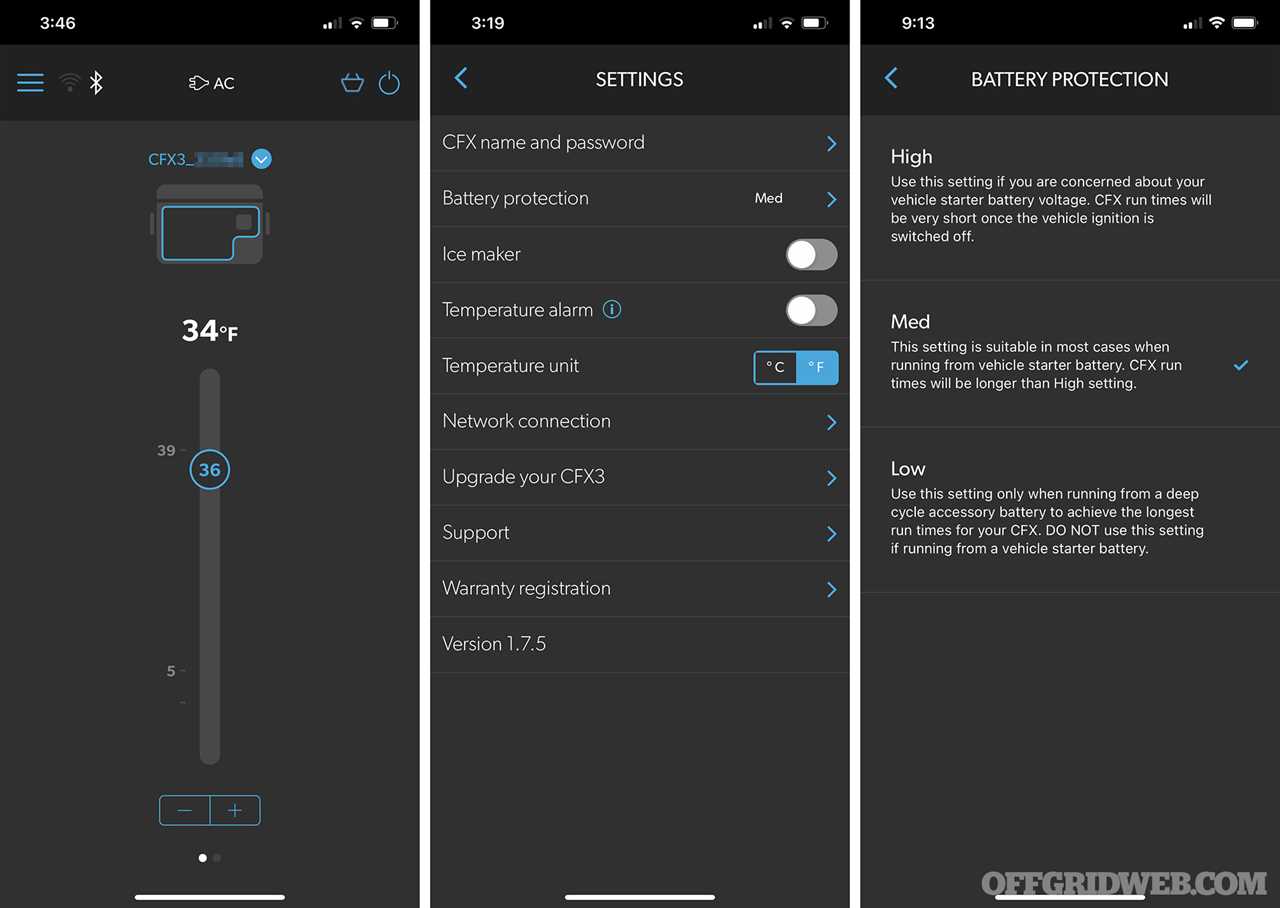
Above: The CFX3 mobile app offers control over all the fridge's settings, including WiFi network access and battery protection level. If the fridge is connected to an external battery, the Low setting can be used to keep the fridge running until the battery drops to 10.1V, extending run time; Medium shuts off at 11.2V and High shuts off at 11.8V.
It's possible to set an alarm at a temperature threshold, alerting anyone in the vicinity if the fridge starts warming up due to low battery or ambient conditions. The app can also send a notification if the lid is left open for more than 3 minutes.
Without the aid of the app, the CFX3's functions can be controlled through the built-in weatherproof buttons and color display. The display prominently shows input voltage, WiFi and Bluetooth status, current temperature, and any alerts or notifications the user has configured. A setup menu allows the user to turn the ice maker on or off, change temperature units, adjust battery protection level, configure wireless network settings, and more.
An Unpleasant Surprise: Warranty Exchange
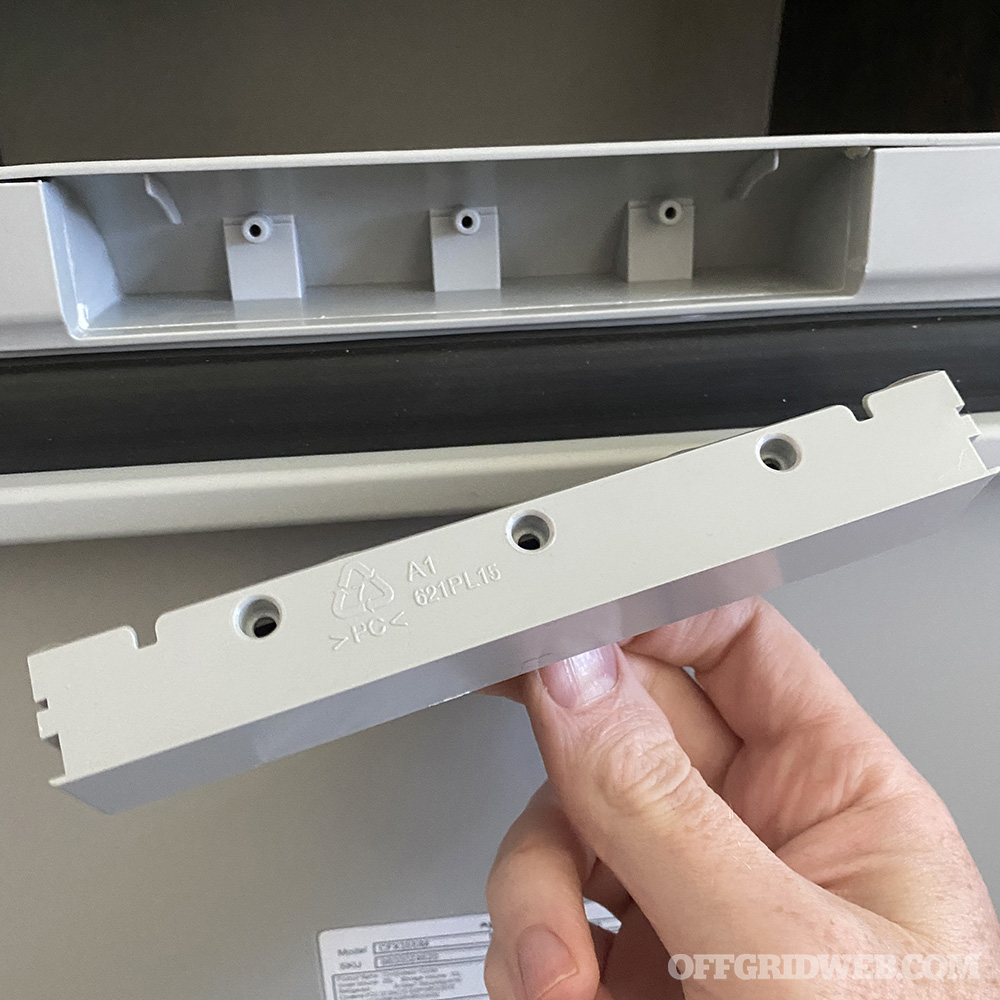
Above: The three screws that were supposed to retain the latch were seemingly never installed at the factory. This was only the beginning of the issues with the first CFX3 I received.
When I received the CFX3 fridge and excitedly removed it from its box, I noticed the latch on the lid seemed crooked. After taking a closer look, I realized all three of the small screws that were supposed to attach it to the lid were missing, and the latch fell out in my hand. I scoured the box, but the screws were nowhere to be found. This was mildly annoying, but I figured I could always ask Dometic to mail me some replacement screws — not the end of the world. But that was only the tip of this iceberg (no pun intended).
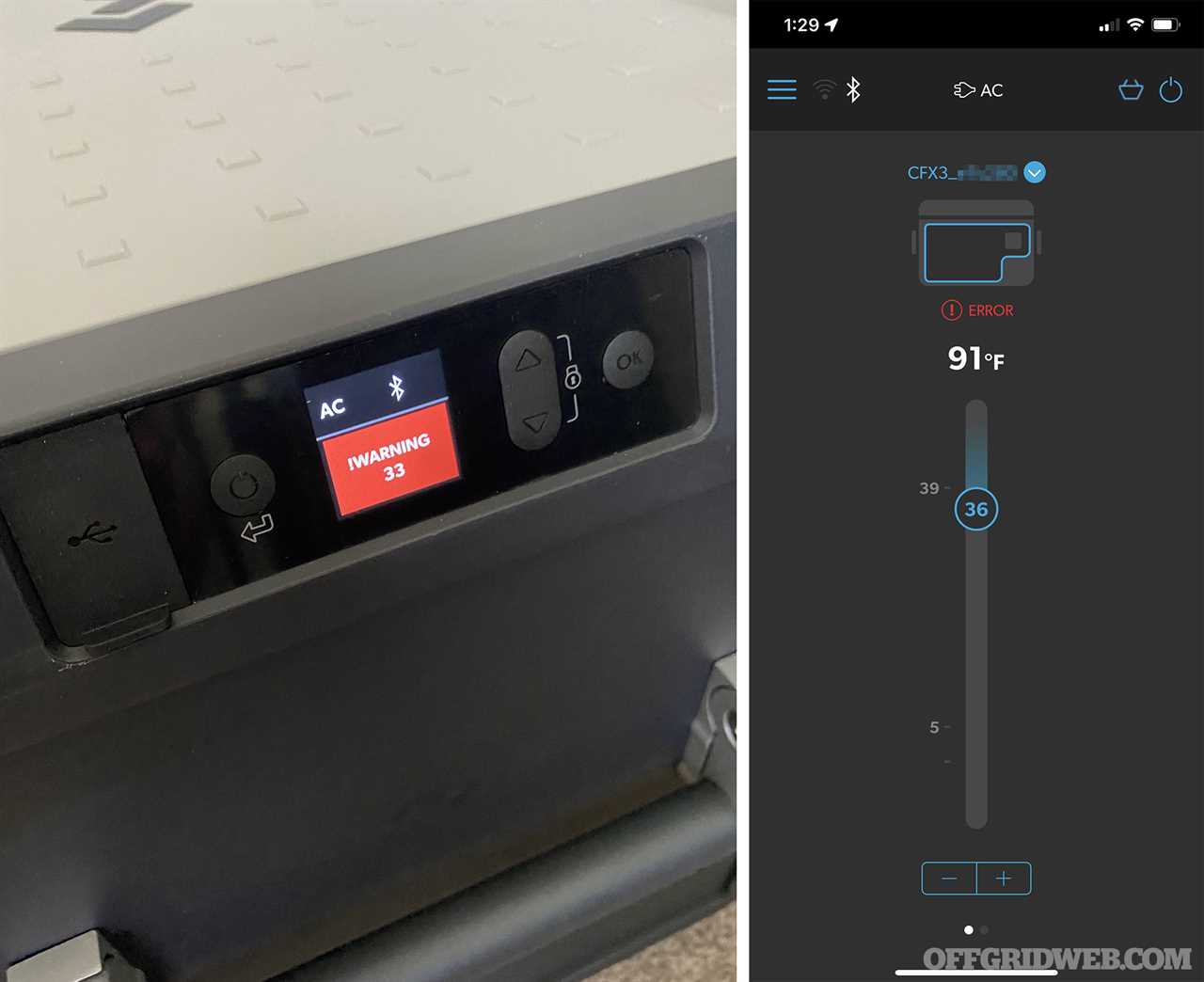
Above: Plugging in the fridge resulted in a bright red error message on the display as well as the mobile app.
As I plugged in the CFX3 fridge for the first time, the screen greeted me with a bright red message: !WARNING 33. After checking the manual, this warning code indicates compressor failure. I followed the instructions and power-cycled the fridge, but this error persisted and the compressor refused to start on AC or DC power. Thinking that this fridge must have been built at 4:50pm on a Friday, I picked up my phone and called Dometic customer service. A helpful and sympathetic young lady listened to my description of the issue and walked me through some troubleshooting steps, but eventually determined that the unit was defective and would need to be exchanged under warranty.
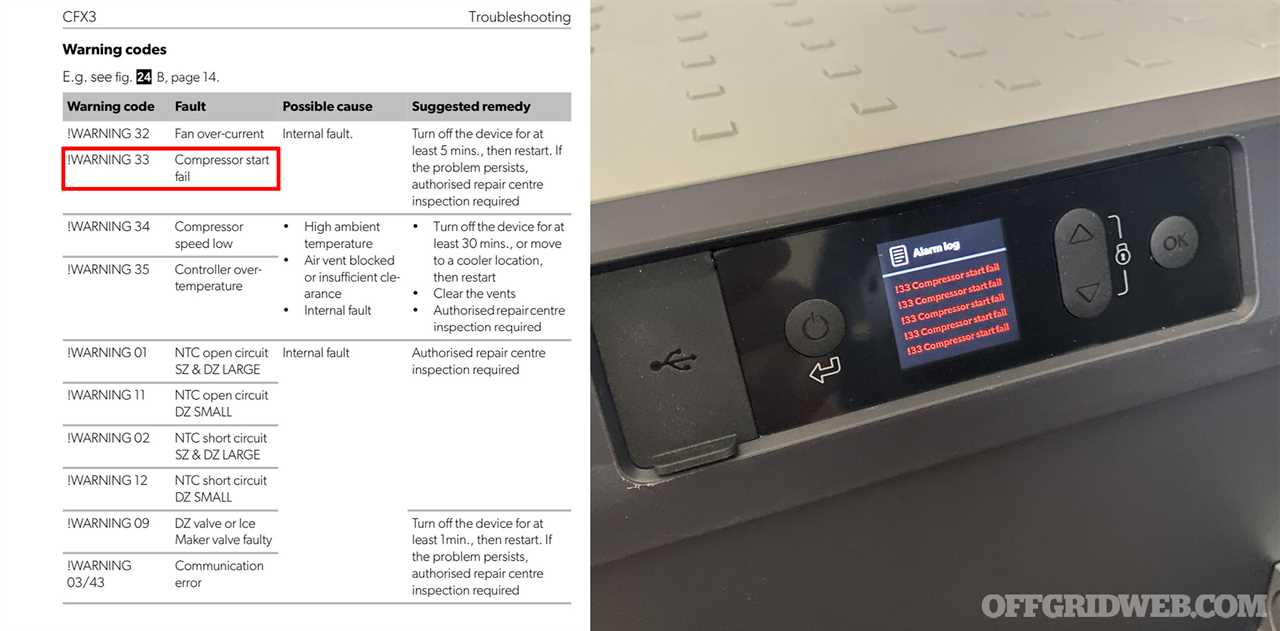
Above: Warning 33 corresponded to a compressor failure. This meant I had received a defective fridge and would need to exchange it under warranty.
Dometic provided an RMA shipping label, and I boxed up the fridge and dropped it off at a local FedEx store. Twenty-seven (yes, 27) days later, I received a replacement CFX3 55IM. Needless to say, this was a frustrating experience and certainly not what I expected from a $1,000 product from a well-known brand. However, this is a sample size of one, and I may have simply been very unlucky.
Thankfully, the replacement fridge had a properly-installed latch and a functional compressor, so I proceeded with testing.
In the Field
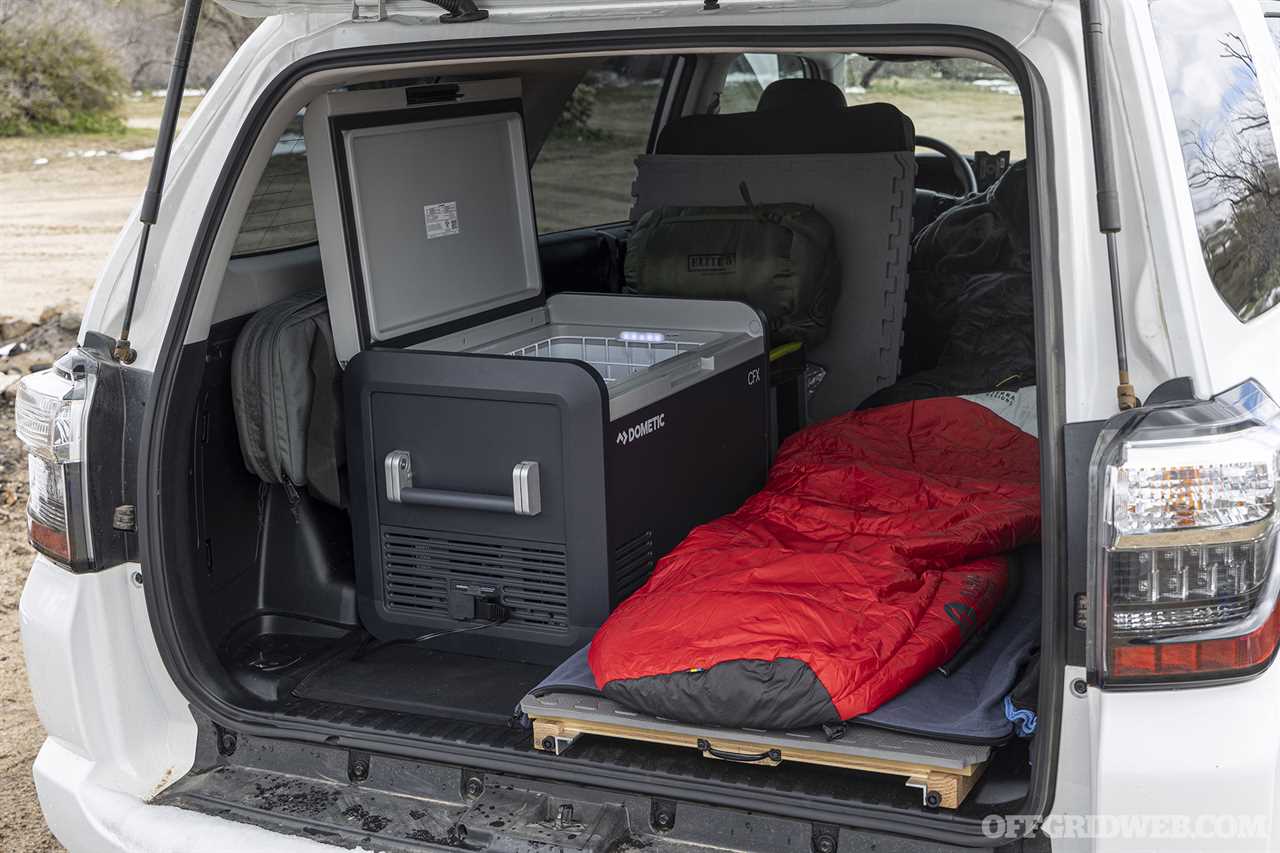
I took my new Dometic CFX3 fridge out on a three-day camping trip for some field testing. Ambient temperatures ranged from about 30°F at night to about 65°F during the day. Before the trip, I plugged the fridge into an AC power outlet at my house to “pre-cool” to my desired setting of 36°F, and then packed it with food. Next, I loaded it into the back of my 4Runner and connected it to the 12V DC plug on the front of my Goal Zero Yeti 1500X power station (as reviewed in Issue 52 of Offgrid). The Yeti was connected via a Yeti 12V car charging cable to a DC plug in the back of the 4Runner. When the truck is running, it charges the power station which provides stable power to the fridge; when the truck isn't running, the fridge runs solely off the power station's battery.
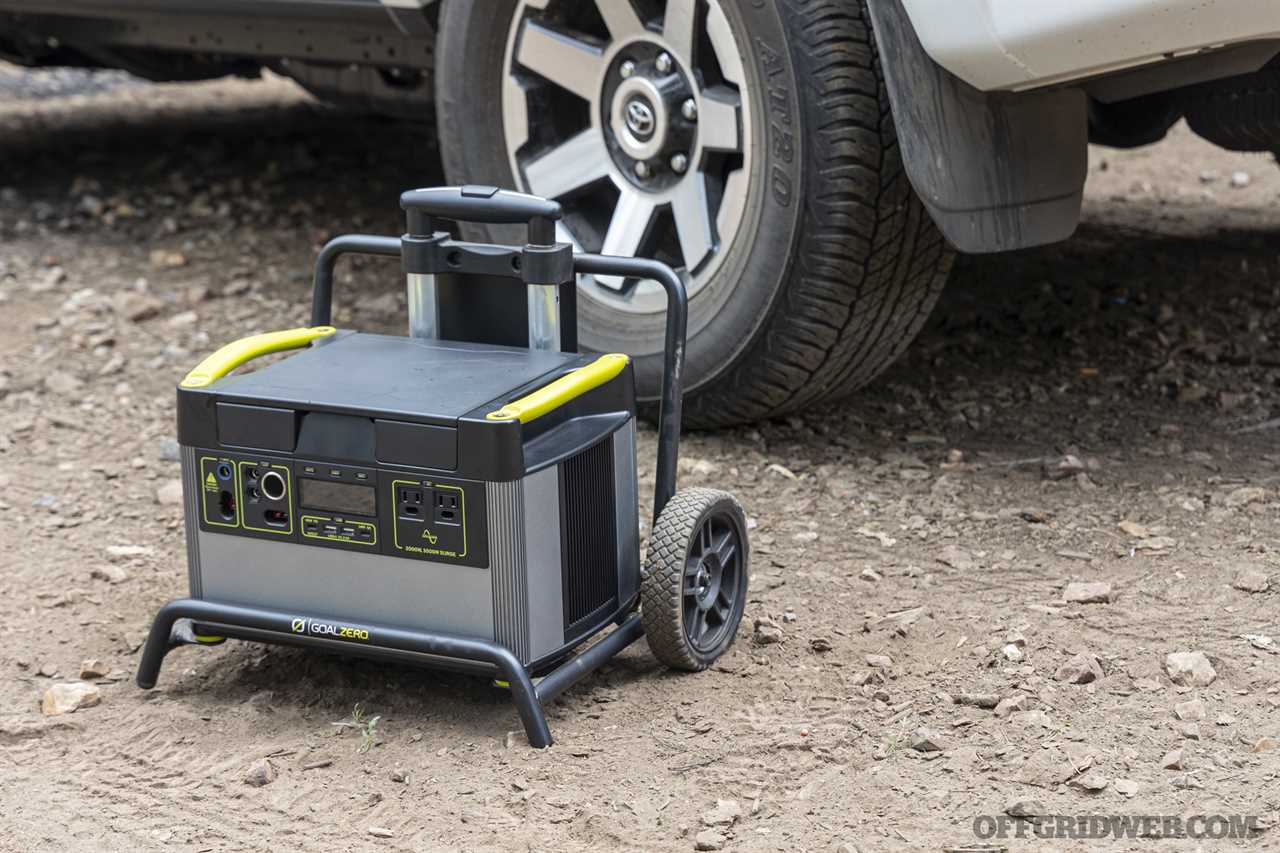
Above: The Yeti 1500X provided more than enough power for the fridge, as well as my other electronic devices.
During the trip, the CFX3 mobile app showed a stable internal temperature that only fluctuated up and down slightly as the compressor cycled on and off. The insulation appears quite good, and the latch clicks shut for an air-tight seal. If I'm being picky, it might be a little too tight, since I did have to remind my friends to give the lid an extra firm push to make sure it closed.
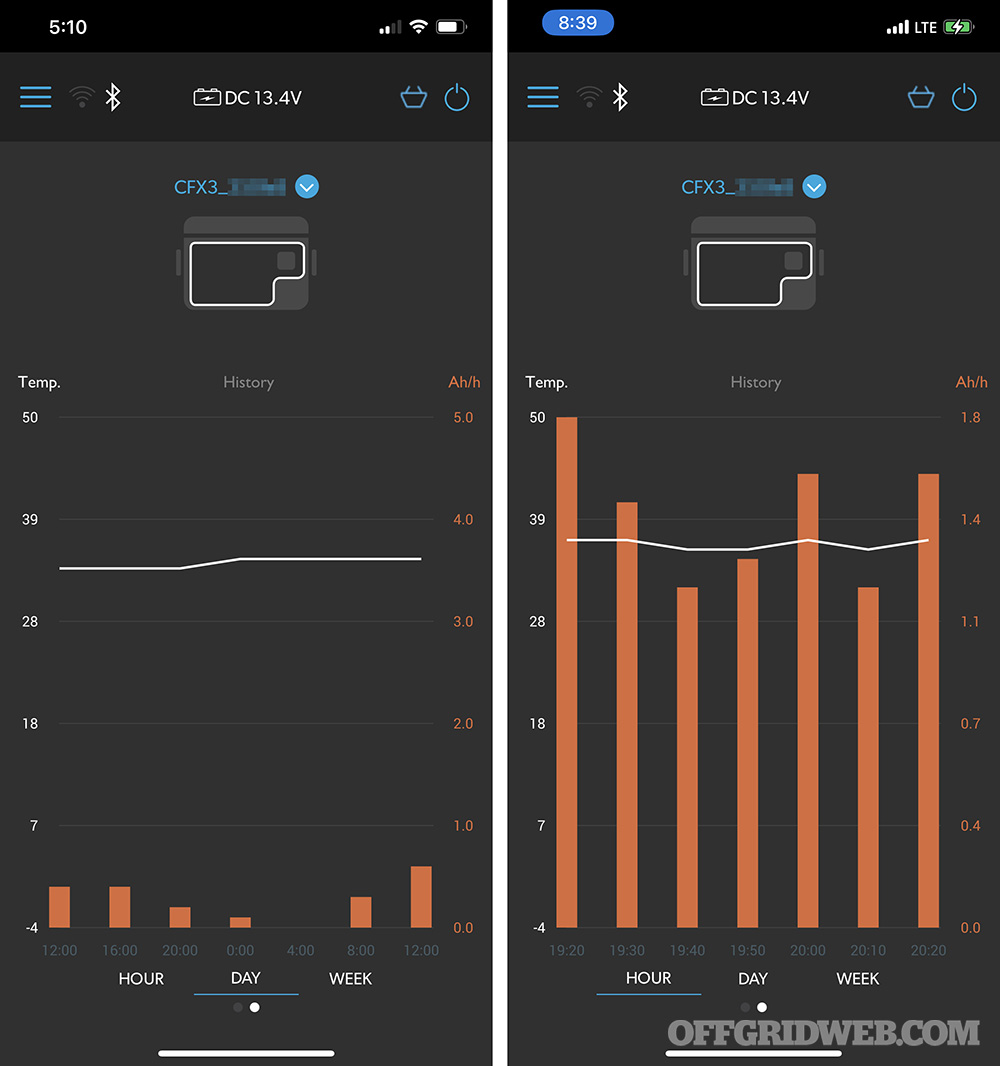
Above: Screenshots showing internal temperature and power consumption in 50-degree ambient temperature (left) and 80-degree ambient temperature (right). Note that the Ah/h graph scale is not consistent between the two screenshots; don't pay attention to the height of the bars, only to the numbers they indicate.
My Yeti 1500X battery has a rated capacity of 1,516 watt hours, or 140.4 amp hours (Ah) at 10.8 volts. At a full 12V, that works out to 126Ah. During the trip, power draw hovered around 0.5Ah per hour on average, which equates to a total of 36Ah over the course of the 72-hour test.
In simpler terms, the fridge used a little less than 30% of the power station's capacity in three days (about 10% per day).
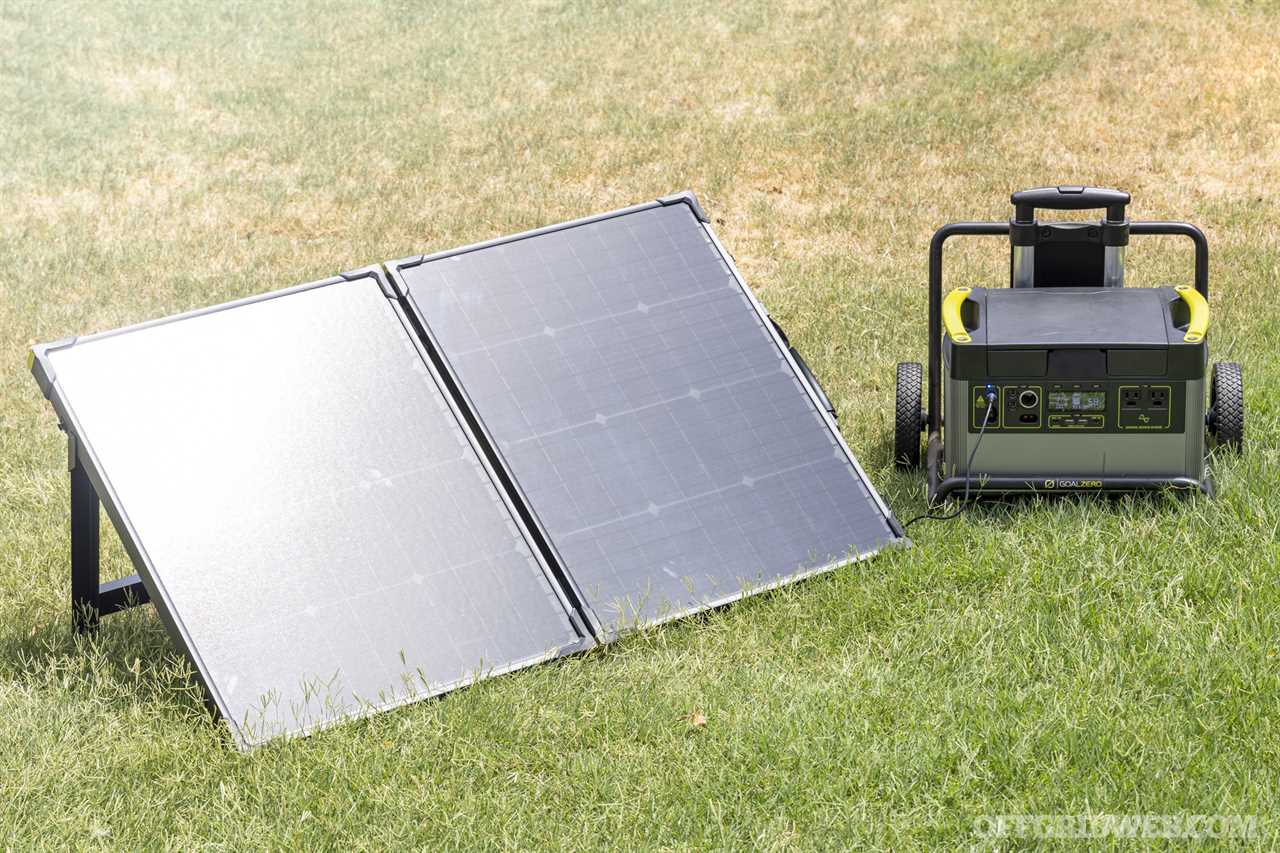
Above: In long-term off-grid settings, a solar panel can be used to recharge the Goal Zero Yeti during the daytime.
Granted, the cool to cold weather was ideal for this test. Later, I tested the CFX3 in 80-degree ambient temperatures, and it consumed about 1.4Ah per hour on average. Under these warm conditions, it will use roughly 72% of the Yeti 1500X's battery in three days (about 24% per day). Keep in mind that opening the lid frequently will increase energy consumption. These run times may also be extended by changing the fridge's battery protection mode to allow lower minimum voltage.
Regardless of the weather, I should have no trouble at all running the CFX3 fridge for several days on the Goal Zero battery without needing to start the truck's engine or plug in a solar panel.
Closing Thoughts
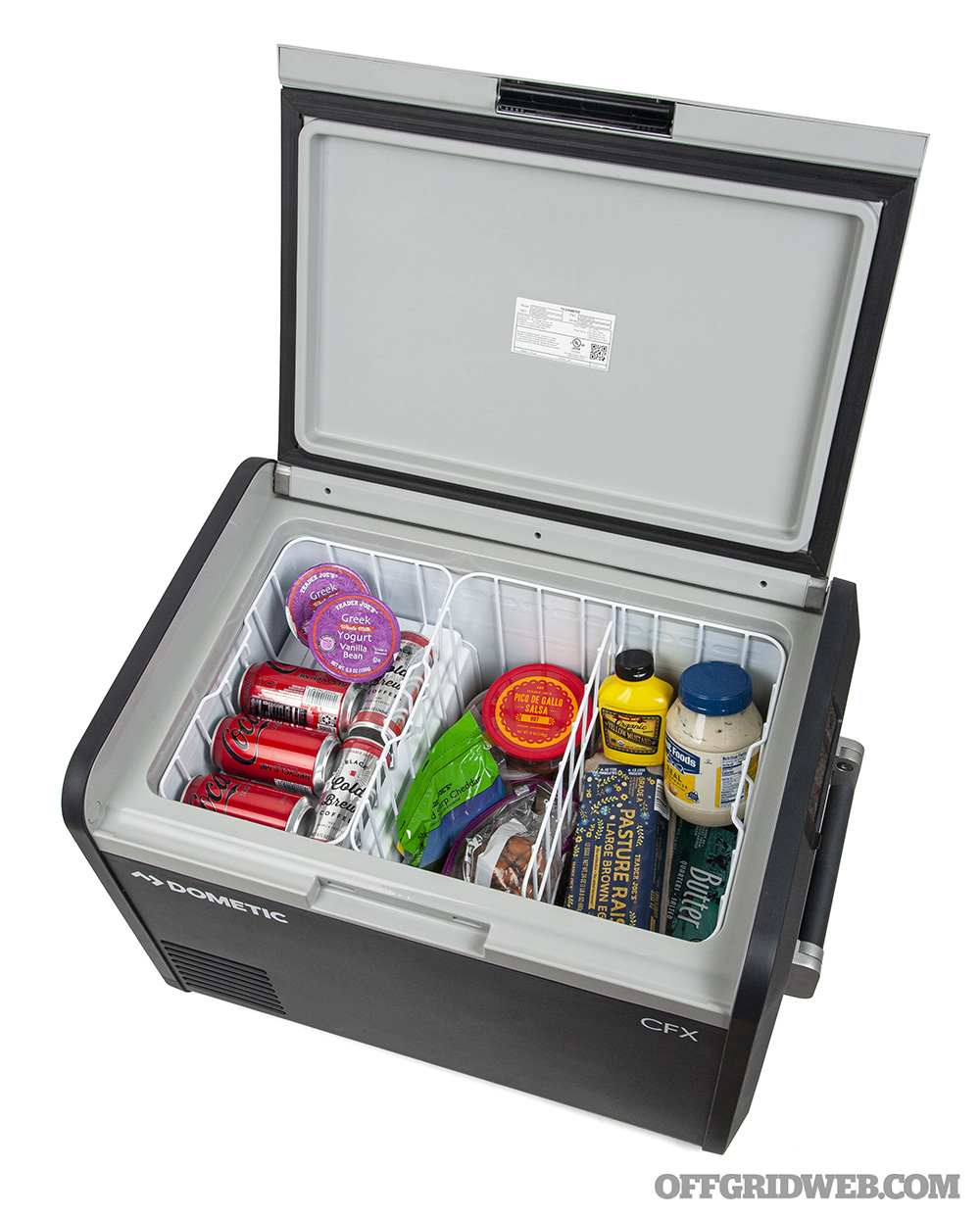
Despite my frustration towards the defective unit I initially received and the delay in receiving a replacement, my experience with the CFX3 fridge improved dramatically once I got one that wasn't a dud. The fridge feels sturdy and durable, fits nicely into the back of my 4Runner, and has tons of space for food and drinks. I loaded it with bacon, eggs, hash browns, and salsa for breakfast burritos, plus cream for the coffee I made in my JetBoil each morning. It held cold cuts, sliced cheese, and condiments for sandwiches at lunchtime. For dinner, we had more steaks, burger patties, and brats than we could eat. All that barely put a dent in the cavernous capacity of the CFX3 55IM — it's amazing how much room you have for food when your cooler isn't half full of ice.
I was pleasantly surprised by how quiet and energy-efficient the CFX3 was in the field. My Yeti battery had no trouble running it for several days, and should be able to manage a week of typical use in cool weather. And the ice maker, while not necessary, is an added luxury that impresses everyone when you're 50 miles from civilization.

Any time it's not sitting in my vehicle, I keep this fridge plugged in to the wall in my “man cave” as a mini-fridge for drinks. There's also an emergency preparedness value to consider — if the power goes out due to a storm, I can load perishable items from my home fridge into the Dometic and run it off battery power. The food doesn't spoil and the day is saved. Keep that one in mind in case you need to convince your spouse that your $1,000 fridge isn't just for keeping beer cold.
For more information on the Dometic CFX3, go to Dometic.com.
Related Posts
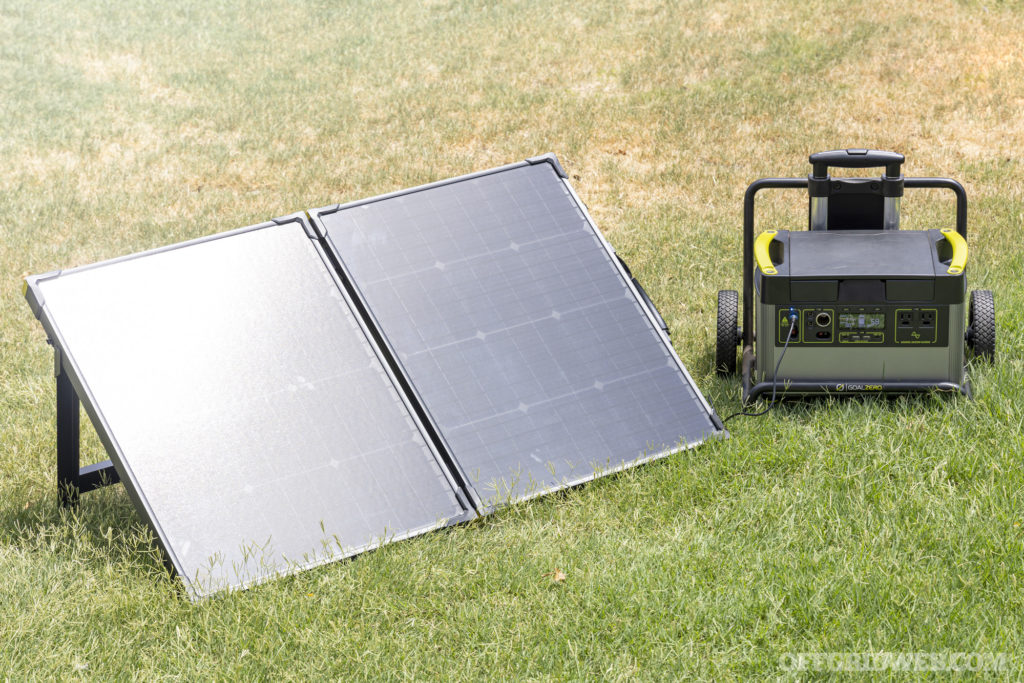
Review: Goal Zero Yeti 1500X Power StationEvery day, we take for granted the ability to access a virtually-unlimited supply of electricity. It keeps our food cold, our homes warm, and our lights on, not to mention a myriad of […]
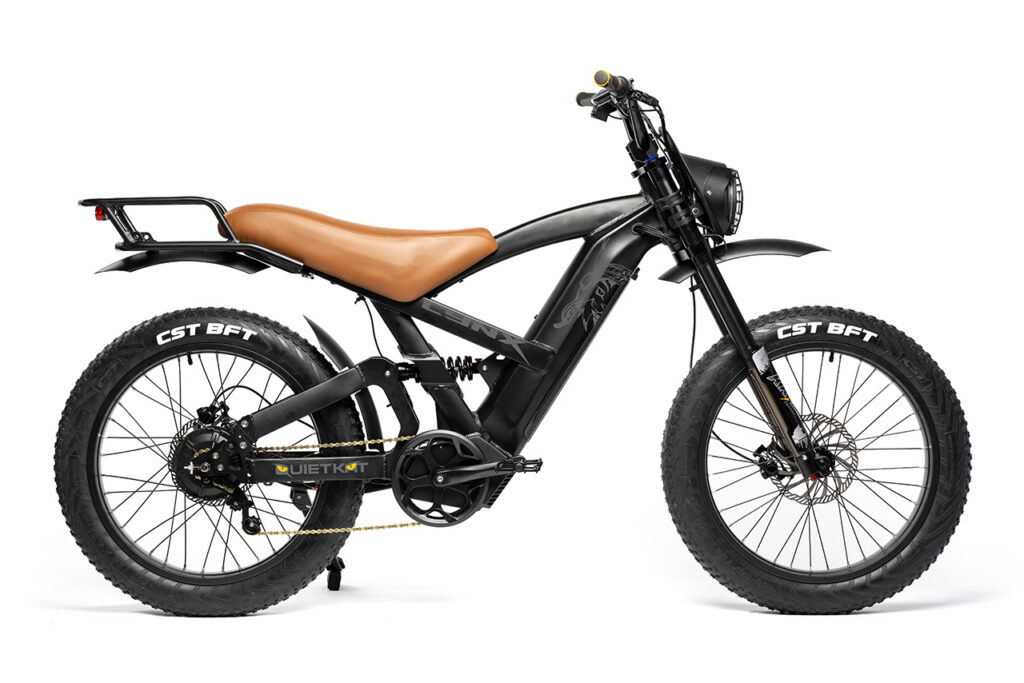
New: QuietKat Lynx eBikeUnveiled last month, the QuietKat Lynx is said to "push the envelope of performance" with a 2-speed, 1000-watt hub motor and twist throttle.
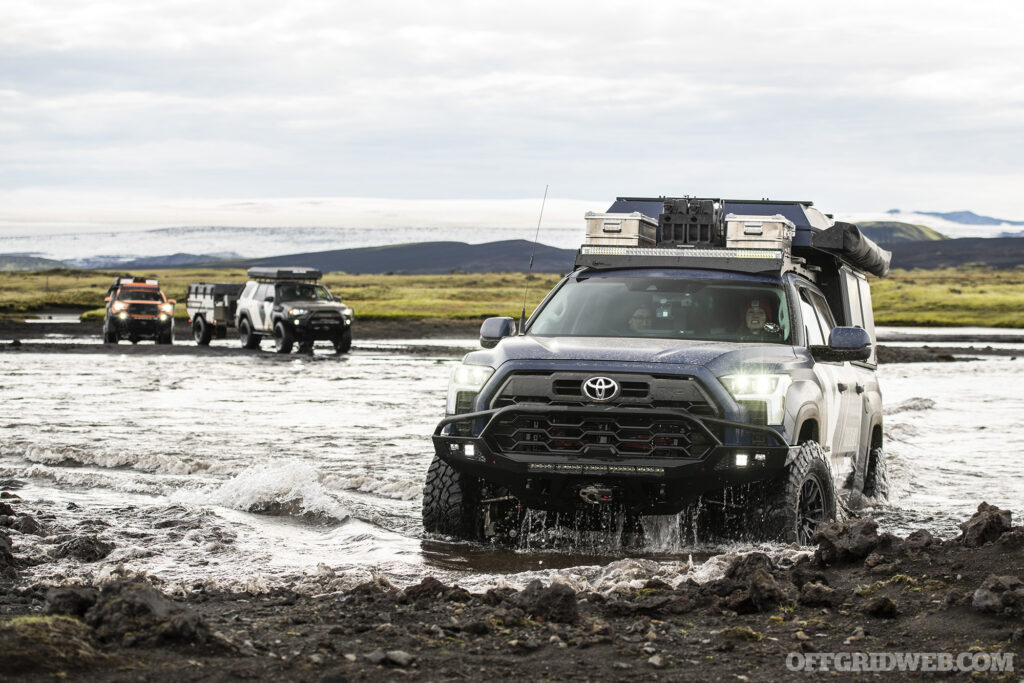
Overland Expert Q&A: Clay and Rachelle Croft of XOverlandWe spoke with the founders of XOverland, Clay and Rachelle Croft, about lessons learned on their travels from Baja California to Scandinavia.
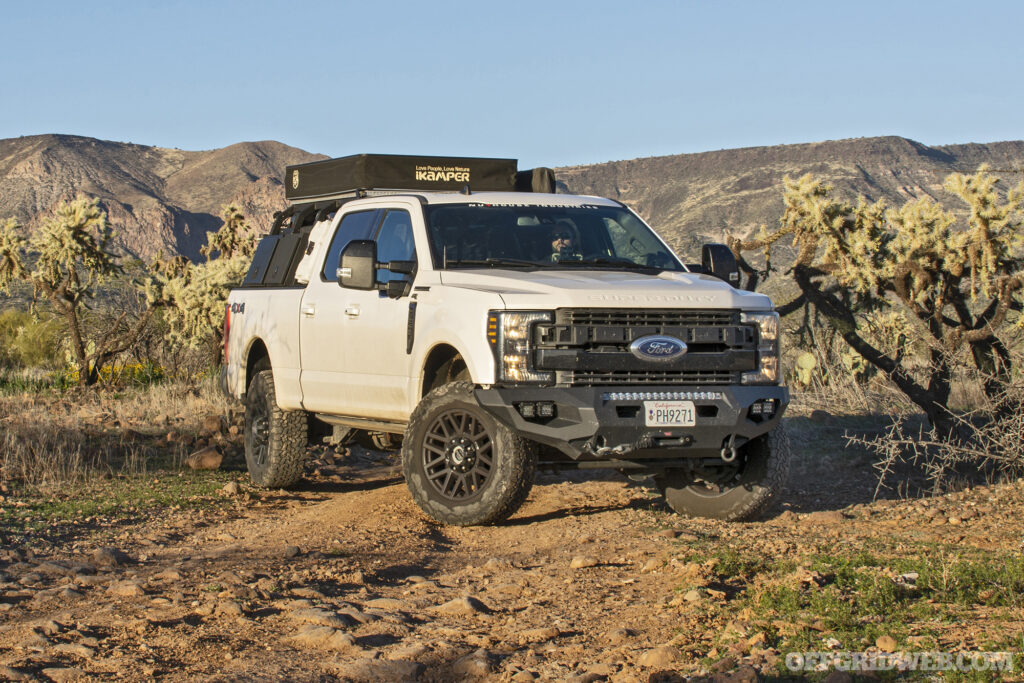
A New Path: A Custom F-250 Built for a Triple-Amputee EOD VeteranBottrell’s F-250 is equipped with gear for an active lifestyle off the grid — spare fuel, shelter, water, cold food and drinks, and more.

Technical K.O. – Dillon Aero's Minigun-Equipped Ford RangerThis Ford Ranger is equipped with Dillon Aero’s M134D minigun, which doles out a staggering 3,000 rounds of 7.62 NATO per minute.
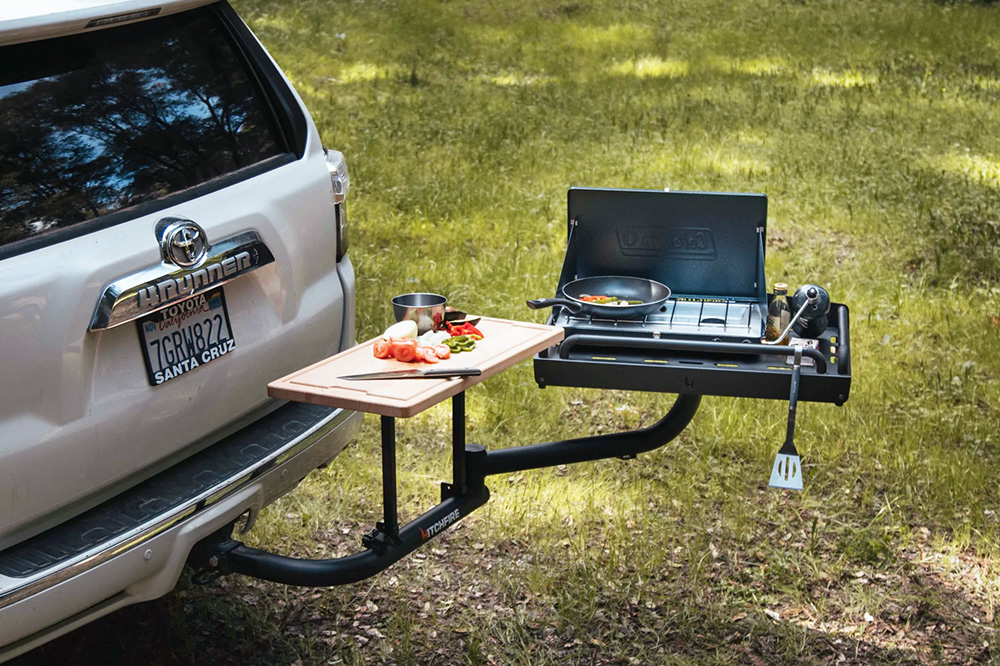
New: HitchFire Ledge Swing-Out for Tailgating and CampingThe HitchFire Ledge provides a platform that fits a two-burner propane stove plus fuel canister, and accommodates an optional cutting board.

Steelhouse Fabrication: Cost-Effective Custom Overland TrailersSteelhouse Fabrication has developed a series of kitchen and sleeper modules to convert any basic cargo trailer into a DIY overland trailer.
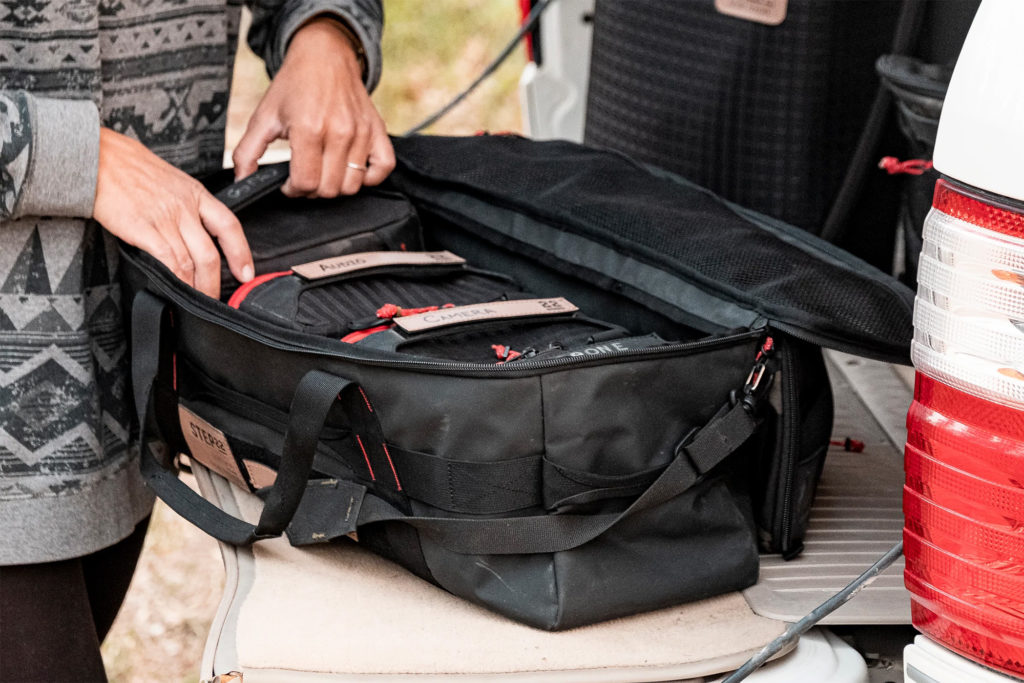
New: STEP 22 Tamarin Trunk Gear BagSTEP 22 has released a new Tamarin Trunk bag that's designed to keep your vehicle emergency gear organized and accessible.
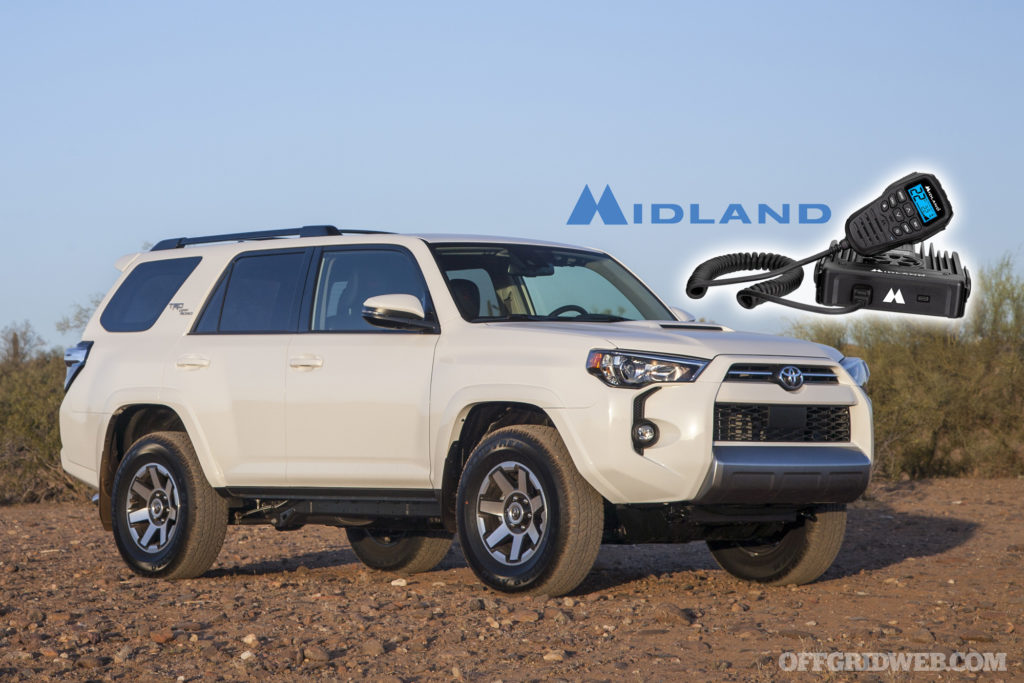
Midland MXT575 GMRS Mobile Radio Review & DIY InstallationThe new 50-watt Midland MXT575 GMRS mobile radio can easily connect to repeaters, mobile radios, and cheap Baofeng handhelds I already own.
The post Review: Dometic CFX3 55IM 12-Volt Fridge appeared first on RECOIL OFFGRID.
By: Patrick McCarthy
Title: Review: Dometic CFX3 55IM 12-Volt Fridge
Sourced From: www.offgridweb.com/gear/review-dometic-cfx3-55im-12-volt-fridge/
Published Date: Wed, 26 Apr 2023 13:00:31 +0000
-------------------------------------------------------------------------
Did you miss our previous article...
https://outdoorsnewswire.com/survivalist/so-are-garter-snakes-poisonous
 CampingSurvivalistHuntingFishingExploringHikingPrivacy PolicyTerms And Conditions
CampingSurvivalistHuntingFishingExploringHikingPrivacy PolicyTerms And Conditions
